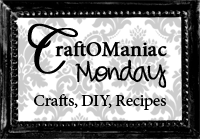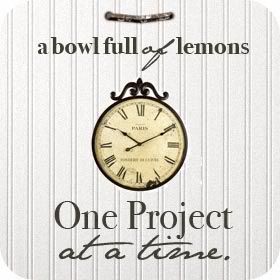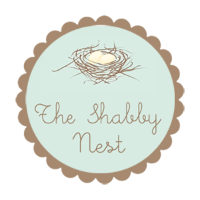Menu Planning should be fun and easy. It is a chance to make your favorite foods or try out some new recipes. If you take the steps I have provided (setting up a Food Inventory and making the most of your cookbooks), then the next steps will be an easy process.
Before we get started, grab some supplies: paper, pencil or pen, calendar, your food inventory list, your recipe files and a couple of cookbooks.
If this is your first time organizing a menu, then I highly suggest you start with just one week. Don't try to make a menu for the whole month. It will seem like an insurmountable task. Start small and go from there.
Basic Meal list
- On your paper, jot down basic meals that your family frequently eats, i.e (Spaghetti, grilled chicken, soups, etc). Don't forget to include side dishes and desserts (if you like). Having a list of basic meals will be your starting point.
- If you are on a tight budget, I suggest that you try to eat out of your food on hand. This is where your Food Inventory can really come in handy. Choose meals that use up as much of your pantry, refrigerator and freezer items.
- If money isn't an issue this month, stock up on items that you use frequently (cream of mushroom or chicken, soups, baking goods, rice, assortment of noodles, etc).
- Buy in bulk. I use a Foodsaver and buy my meats in bulk. The Foodsaver helps me store my food flat in the freezer (huge space saver) and keep it fresh longer.
- Plan meals based on what is on sale. Check the grocery ads before making your menu plan for the week. This will save you money and allow you to stock up on inexpensive items.
- Look at your grocery bills from last month. Add them all up and then divide them by 4. You can estimate that cost per week for this month.
- Choose a set amount per week and stick to it! Use cash, you will spend less and when the money is gone so is the opportunity to buy more that week.
- Reward yourself for going under your food budget. If you have money leftover at the end of the week, you can put it towards next week, use it for something fun like craft supplies or save up for something you want in the future.
- Start small. Just plan your dinners for one week. If you need to plan breakfast and lunch meals add those the following week, after you've had a successful week.
- Utilize leftovers. I put leftovers on the menu for at least one night or for a lunch. If you have enough for another meal, freeze it for another week's menu. I group all our leftovers and make another meal of the combination. This is a great meal for a busy day when you don't feel like cooking. If you don't want another dinner of leftovers, use them up for lunch throughout the week. Putting leftovers in the garbage is throwing away your money!
- Don't be afraid to move around your meals throughout the week. You aren't stuck making soup on Tuesday if it is a warmer day. Switch it for another day.
- Plan ahead. If you are making something that a meat needs to be thawed, put it in the refrigerator the night before or early in the morning. Nothing deters cooking more than not having your supplies ready.
- Make a menu board. You can write all your meals on this and it will be in an easy place to remind you. Plus, it's just pretty! This can be hung on the wall or put in a pretty wrought iron holder.
On to Determining your Menu...




























































0 comments:
Post a Comment
Thank you for commenting! We read every comment and try to respond back if we can. Thank you for making us feel special with your thoughts!